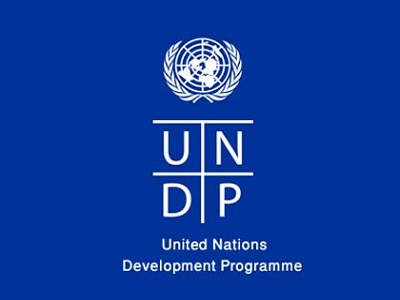Georgia is famous for its soaring mountain peaks, which attract thousands of tourists for skiing and hiking holidays.
But for the local residents of Georgia’s 1,700 high-mountain communities, life looks a lot less glamorous: a shortage of jobs, public services and modern infrastructure is driving young people to leave the peaks for the cities. Aiming to reverse this trend, the Government has just adopted an ambitious new strategy for mountain development.
Prepared by the Ministry of Regional Development and Infrastructure with assistance from the United Nations Development Programme (UNDP), through the financial support of the Governments of Switzerland and Austria, the new Strategy on the Development of the High Mountainous Settlements of Georgia (2019-2023) is designed to promote economic development, improve social welfare and expand access to services for the 300,000 people who live in Georgia’s highest mountain regions.
Prime Minister Mamuka Bakhtadze on 16 July 2019 hailed the new strategy as a momentous opportunity for Georgia’s mountain regions. “To fulfil this vision, we need to focus on mountainous tourism, agriculture and entrepreneurship, as well as on the robust projects that will ensure the social protection of highlanders,” he said.
The Strategy is based on an analysis of needs and a mapping of the resources available in Georgia’s high mountainous regions that were carried out in 2017. The draft Strategy was prepared in 2018 and has been consulted with the public and key stakeholders, including the local and central authorities, highland communities, the private sector, civil society, academia and international organizations.
Importantly, a two-year action plan accompanying the strategy commits new funding of GEL 700 million (USD 240 million).
“Every tenth person in Georgia lives in a mountainous region, and these highlanders are the keepers of traditions that all Georgians hold dear,” said UNDP Head Louisa Vinton. “The Government’s new strategy offers hope of sustaining these remote communities while delivering on the promise of the Sustainable Development Goals: ‘to leave no one behind.’”
“Switzerland is proof that mountainous regions can experience a long-term viable socio-economic and demographic development, which respects and protects the environment,” said Swiss Ambassador Patric Franzen. “We are glad to share this experience with Georgia and help unlock the potential of the highlands.”
“Austria has shown by doing that mountain traditions and modern living standards can go hand in hand,” said Austrian Ambassador Arad Benkö. “We are confident that Georgia can achieve the same positive results for its highland residents.”
The new strategy builds on the achievements of the 2015 Law on the Development of the High Mountainous Regions. This legislation designated 1,731 sites as high mountainous settlements, provided tax exemptions to 400 enterprises and extended financial and other assistance to 250,000 people. The new strategy will expand the number of beneficiaries to 300,000 people and enact a wide range of incentives to stimulate job-rich economic activity in high-mountain areas.
The Swiss and the Austrian Governments, joined by UNDP, expressed a firm resolve to continue supporting Georgia in its efforts to develop the high mountain regions.




